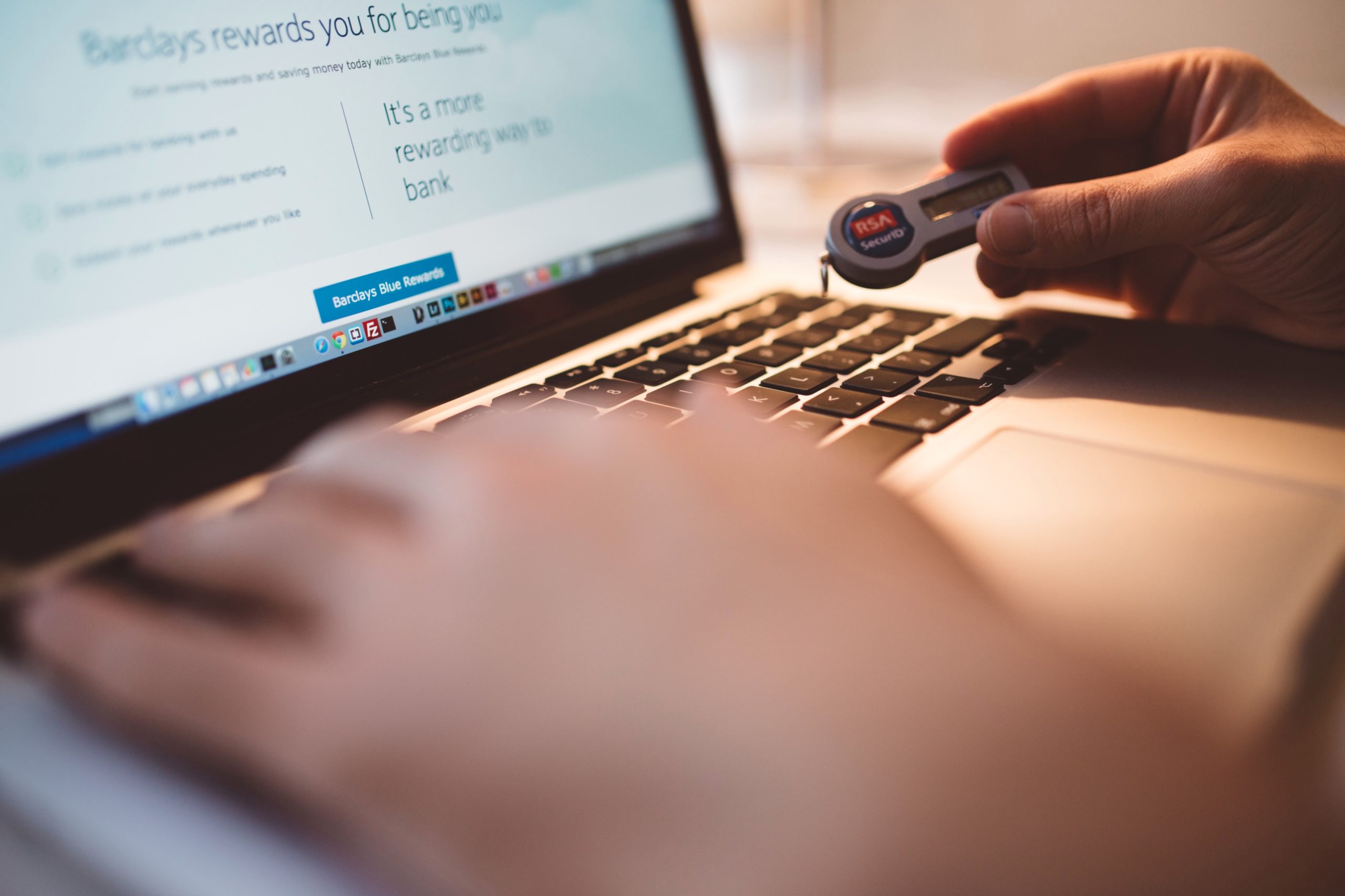Imagine a dark room, where a mysterious unknown person in a hoodie, illuminated by the glow from a computer screen, typing furiously away at a keyboard. He knows your email address and password and has entered it in. Now all sorts of malicious intent is going through his mind. After he gets past the first screen, a second page appears, asking him for a code that was texted to your phone. Since he doesn’t know the code or your cell number he sighs and admits defeat.
An Additional Bonus: You are now aware that someone has just tried to log into your account because you received a verification text.
2 Is Greater and Safer Than 1
When it comes to security, two is better than one. You probably have heard of two-factor authentication (or 2FA). It is one of the most effective ways to increase your account security because it makes it even more difficult for someone to hack into your account.
The most common form of 2FA:
- Enter your login name and password
- Receive a text message with a code
- Enter the code and gain access to your account
More Ways to Know It’s You
2FA is just one method of securing an account. There are others that fall under the title Multifactor Authentication (MFA), and each of these adds a layer of security to your accounts.
- Something You Know – This MFA requires you to provide a passcode, pin number, or an answer to a question – like your mother’s maiden name. This is ideally something only you know.
- Something You Have – This is something that only you have like a cell phone that receives a code text, a key card, a time-limited token, etc.
- Something You Are – This MFA requires biometrics that only you have. Common forms are fingerprint or retina scanners and facial recognition.
- Somewhere You Are – This one is not nearly as common as the others. It uses your physical location for verification. This is done using your Geolocation which is often verified using your system’s IP address or via the GPS in your device.
Not all security factors are created equal. Some are considered better than others. For example, a time-limited token is considered better than a text message because it can’t be used after it expires.
Some companies automatically add multifactor authentication to accounts. For example, many people don’t realize that Google uses geolocation verification on Gmail accounts – until they go on a trip and try to log in from another country. Let’s say you travel to Germany. When you log into your Gmail account, you will receive an alert that there is a login from Germany. It will also include information about the device that tried to log in. If you weren’t the one logging in from Germany, you are alerted that someone has your information and you need to change logins and passwords immediately.
What Can You Do Now?
You need to minimize the chance that a mysterious hacker in a dark room can access your accounts today. Review your email accounts, bank accounts, and social media accounts to ensure you are taking advantage of any MFAs they offer. One of the many ways we serve our clients is to identify any potential security gaps and help eliminate them.
If you’d like help setting up multifactor authentication, let us know! We monitor and vet all security industry innovations, so we can offer recommendations for the best type of MFA for your business and company.
Give us a call at (844) 448-7767 or fill out this form to find out more today.
For more ways to decrease your vulnerabilities and increase your security especially at home, check out our recent article about smart devices.
No Fields Found.